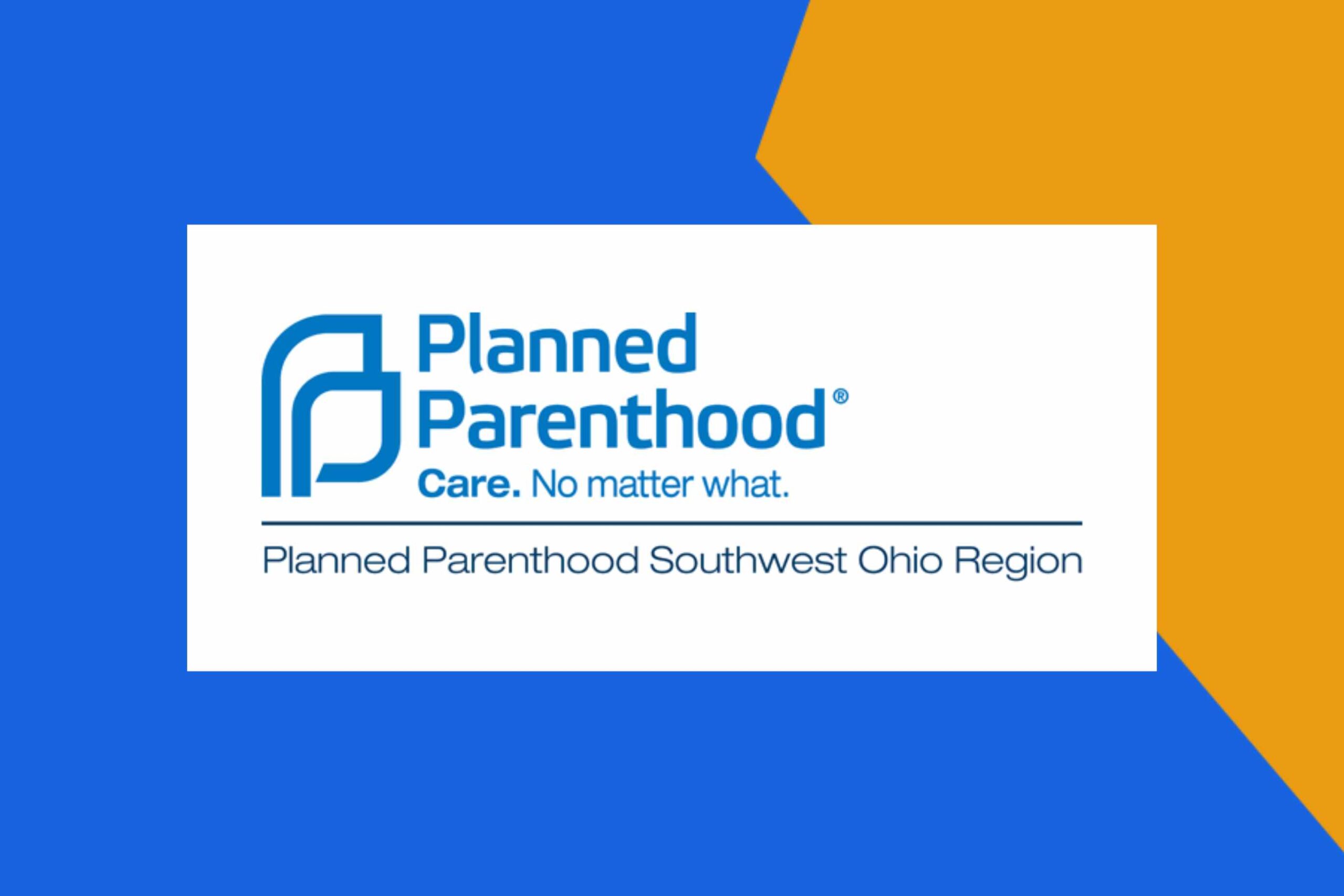
The Importance of Succession Planning for Mission Driven Organizations
Choosing who will succeed the current leader of an organization can weigh heavily on the minds of many Boards and executive teams. Yet when most organizations start the succession planning process, it’s already too late. Edgility’s Co-Founder, Christina Greenberg, recently guested on the podcast Mission Forward to discuss the importance of succession planning and how mission-driven organizations can effectively plan for a change in leadership.
What is Succession Planning
At its most basic, succession planning is the process of planning for and replacing key leadership roles in an organization. What this definition often fails to take into account, however, is the amount of time that should be spent on creating this plan and how to do so successfully. The process, at its core, should be about the leader, and any directing body, determining how the leader can start to extract themselves from their role and ensure the future success of their organization.
Many organizations fail to realize that their next leader is not predetermined – and neither is their success. Succession planning requires a lot more than just saying, “Here’s person ‘X’, they’re my successor.” To start with, organizations shouldn’t rely on just one person, or have a singular plan. Ideally, an organization has a plan A, B, and C. We also recommended trying (as much as possible) to not have any preconceived notions of who the successor will be. At Edgility we’ve seen time and again that you can’t always predict who’s going to be ready for that next step until they’re really trying the things that are going to be required. Having an effective plan of succession is about intentionally looking at where your organization is today, where you need to be to get to the next level, and the gaps in experience that any potential successors have.
Importance of Succession Planning
Mission driven organizations are usually very aware of the importance of succession planning in helping them achieve their goals. But if you need further proof, simply look at the news: several Fortune 500 companies made headlines in 2023 for their so-called “boomerang CEOs”. These organizations’ CEOs made plans to leave, did leave, and then returned when their successor failed to meet the expectations of their Boards of Directors and shareholders.
The failure of a successor to meet expectations is not ideal in any company, but can be particularly damaging for non-profits, b-corporations, and other mission-driven organizations whose work directly affects their communities. Nobody wants to see an organization intent on serving their community fail to do so. Which is why these organizations in particular should begin their succession planning early and incorporate regular benchmarking into their process.
The Succession Planning Process
When it comes to the success planning process, a major component is evaluation. While an external candidate is always an option, and can certainly be a good fit, organizations that set themselves up for the greatest success look inward and evaluate all levels of the organization often. These organizations create a pipeline of internal promotion based on where the organization is now and where it needs to be in the future.
Ideally, your organization is doing a full assessment quarterly of where each team member is on your pipeline, and what they need to arrive at the next stage. What concrete experiences does this employee need to be successful in their next role? If quarterly feels impossible, begin by building in an assessment once or twice a year. Ultimately you’re trying to determine in what ways you will know if you’ve been successful or not, and how to create an effective feedback loop.
Tips for Creating Your Plan of Succession
There are several steps you can take to begin crafting a succession plan. One of the best places to start is by answering these questions:
What is required at each level of your organization to be successful?
What are the markers that you will see to know if someone’s reached that level or not?
And what are the concrete development experiences current leadership thinks internal candidates need to have, or skills they need to develop, to be ready for that next stage?
Access our Career Pathways worksheet for more guidance!
Once you’ve answered these questions, you can begin to put in place a succession plan that truly looks at all levels of the organization, not just its top-most leader. This allows for a constant stream of readily available talent that can take on greater and greater responsibilities, which will allow you to reach bigger and bigger goals related to your mission. Whether you’re months or years from needing to source your next leader, now is the best time to begin your succession planning.





